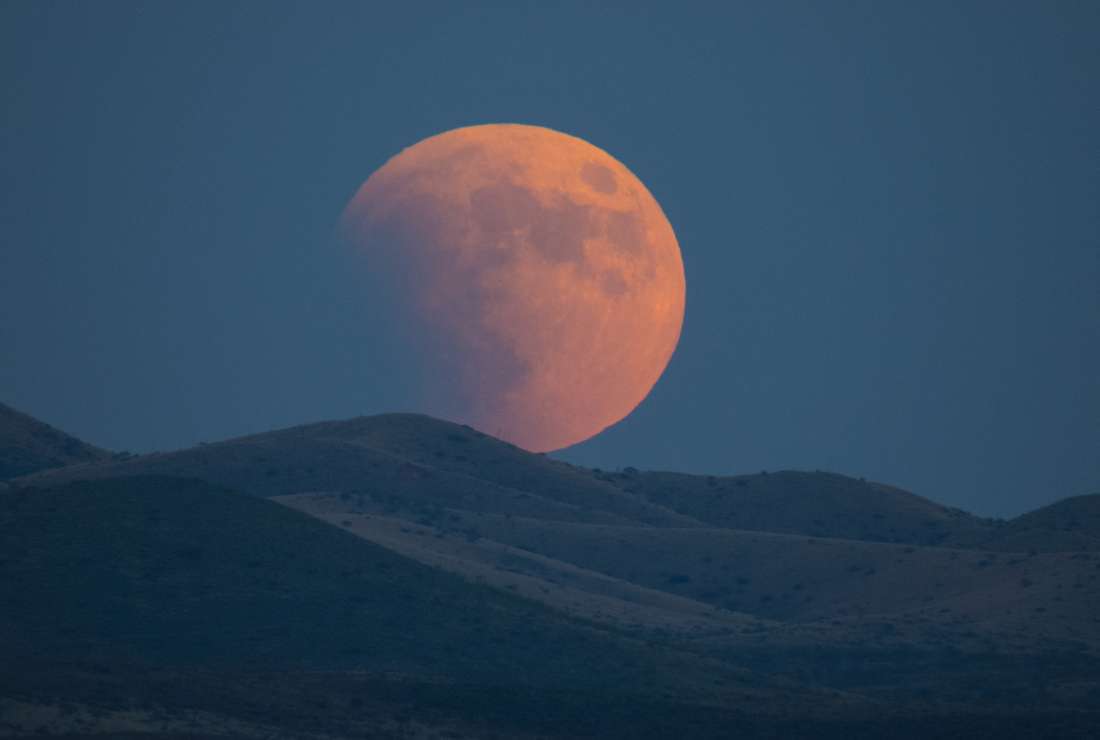An eclipse this Friday will reveal a super blue blood moon, a lunar event that has not occurred since the 1860s. The individual occurrence of a super, blue or blood moon is not rare though. In fact, with the exception of a blue moon, which takes place approximately every three years, these appear every year.
The combination of the three at once, however, is what will make the moon this week so unique. The position of the moon in its orbit, the light of the sun reflecting off of the moon’s surface and the occurrence of two full moons this month all combine to make the phenomenon possible. The distinct moon will be visible across the world at different times in a lunar eclipse.
In an interview with NASA, Gordon Johnston, a program executive at NASA headquarters explained that the view will be better from some parts of the world. “Weather permitting, the West Coast, Alaska and Hawaii will have a spectacular view of totality from start to finish,” said Johnston. “Unfortunately, eclipse viewing will be more challenging in the Eastern time zone.”
Although the view from the West Coast is ideal, those who cannot view the moon from Hawaii or Alaska will still have a clear view of the moon this Friday, which appears especially bright because of its proximity to Earth.
Some college campuses across the U.S. will offer events for college students, giving them the opportunity to view the moon through a telescope. For those who are traveling during the ellipse, the moon will be broadcast live on NASA TV.
Super Blue Blood Moon: What It Means
A supermoon occurs when a moon is as close to Earth as possible in its orbit around the planet. It appears to be larger and brighter because of its proximity to Earth.
Blue moons, which occur approximately every three years, are considered very rare and occur when there are two full moons in a month. This full moon will be the second to occur this month. The occurrence of a moon with a red tint, also known as a blood moon, results from the angle of the sun’s light reflecting off of the moon’s surface to make the moon appear red.
The video from NASA, below, visually explains the occurrence of the super blue blood moon, as well as what the organization refers to as the super moon trilogy, a term used to refer to the three Super moons from December 2017- January 2018.
Social media sites, such as the trending Twitter #bluemoon, will provide interesting facts and updates about the moon. In addition, for those interested in learning more about the moon and astrology, @fullmoon.info is another great place for facts about the moon.

















